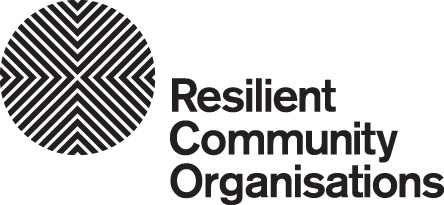National Strategy for Disaster Resilience
In December 2009 the Council of Australian Governments (COAG) released a national disaster resilience statement which was expanded into the National Strategy for Disaster Resilience in 2011. This ushered in a new way of thinking about how we prepare for emergencies by introducing the concept of ‘shared responsibility’.
COAG asserted that “achieving increased disaster resilience is not solely the domain of emergency management agencies; rather it is a shared responsibility across the whole of society.”[1] The role of non-government organisations and volunteers (the community sector) is highlighted as having a crucial role to play in “helping communities to cope with, and recover from, a disaster.”[2]
The community sector has unique and unparalleled specialist skills and assets to assist clients to both prepare for and recover from disasters and emergencies. The local expertise and trust community organisations have within their communities means that they are well placed to help prepare people for an emergency event through education, planning and sharing information. Some community organisations are also able to assist with evacuating clients from high-risk locations before an extreme weather event. In the aftermath of an emergency the community sector has many skills and services to contribute.
Whilst some larger community organisations (e.g. the Red Cross) have clearly defined responsibilities in emergency planning and service provision, most do not and are often not even a part of the conversation.
We need to have a clear understanding of roles and responsibilities in all phases of an emergency:
- Prevention
- Preparedness
- Response
- Recovery
and contribute our expertise to the process; no one understands the needs and complexities of working with vulnerable people more than the community sector.
Every day community organisations work with the most vulnerable people in our communities facing adversity and hardship. Through building relationships, providing services and supporting vulnerable people the community sector averts disasters. This ‘peacetime’ work of the community sector work is already building Australia’s resilience to emergencies.
Now it’s time to become more formally recognised for the work we are undertaking and more formally part of the processes of prevention, preparedness, response and recovery is relation to disaster resilience.





